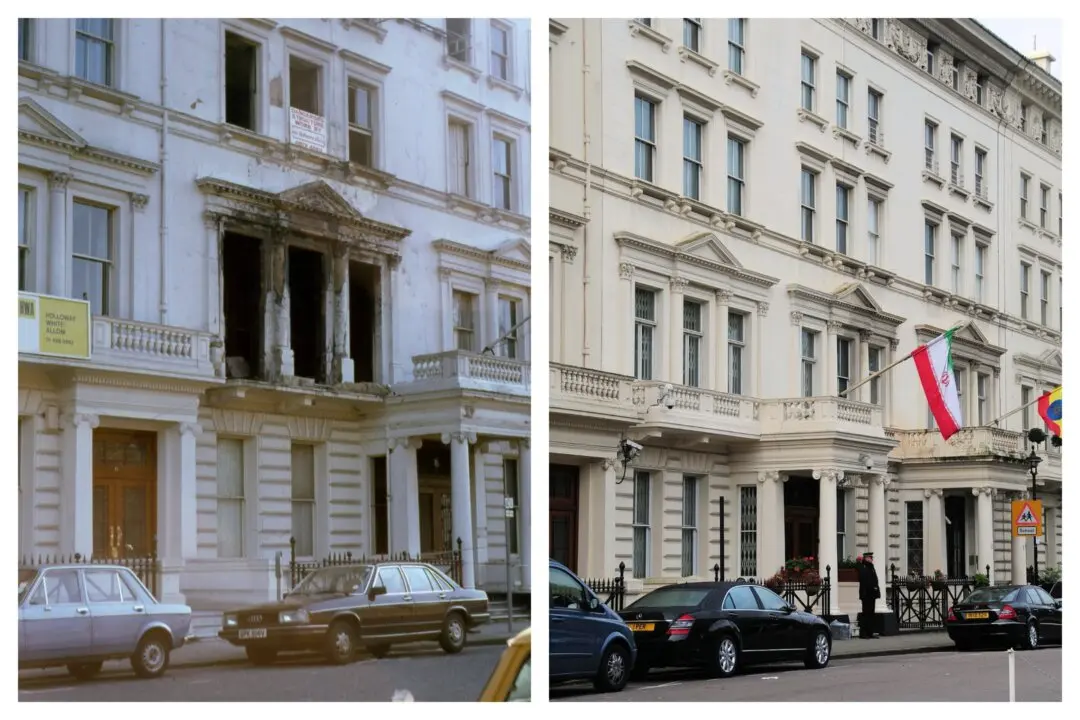The phrase “a dog is a man’s best friend,” coined by King Frederick II of Prussia in the 1700s, took on an entirely new meaning during World War I. Canines were tasked with saving lives on the battlefields. “Mercy dogs” used their unique abilities to aid soldiers during the trench warfare the era and also played a role during World War II and the Korean War. The use of mercy dogs in WWI eventually led to the U.S. Defense Department’s creation of the military working dog program.
According to accounts by ancient Greeks and Egyptians, dogs have been used in various roles during battle for thousands of years. In fact, canines have played some part in every American war or conflict since the country was founded.






